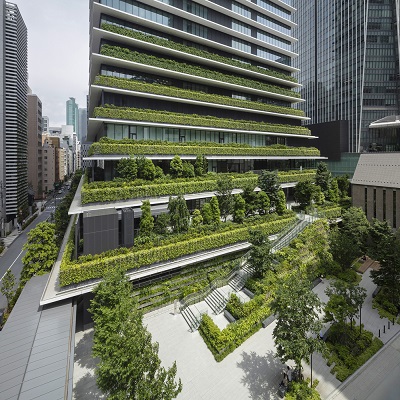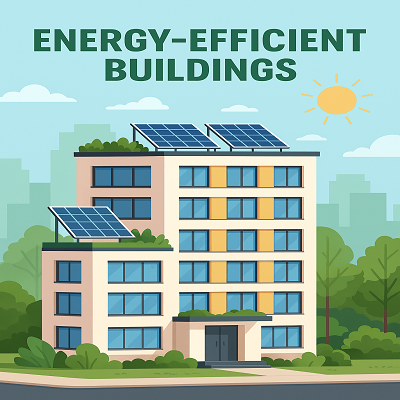Green Buildings and Their Environmental Impact

Green Buildings and Their Environmental Impact
Introduction
Green buildings are designed to reduce the environmental impact of construction and operation by incorporating sustainable practices, energy efficiency, and eco-friendly materials. These buildings optimize resource use, minimize waste, and improve occupant health. As climate change accelerates, green architecture has become central to the global effort to reduce carbon footprints.
Key Features of Green Buildings
Energy-efficient HVAC systems
Renewable energy sources (e.g., solar panels)
Water-saving fixtures and rainwater harvesting
Sustainable building materials and low-VOC finishes
Smart sensors for lighting, temperature, and occupancy
Natural ventilation and daylight optimization
Benefits
Reduces greenhouse gas emissions
Cuts energy and water consumption by 20–50%
Enhances indoor air quality and occupant comfort
Increases property value and lowers operating costs
Achieves certifications like LEED, BREEAM, or EDGE
Scientific Insight
According to the U.S. Green Building Council, LEED-certified buildings use 25% less energy and emit 34% less CO₂ compared to conventional buildings. Studies also show a 27% improvement in occupant satisfaction and productivity.
Case Studies
The Edge (Netherlands) – One of the greenest office buildings globally, powered by solar energy.
Pixel Building (Australia) – Net-zero energy and water, with extensive green roofs and recycled materials.
CIRS Building (Canada) – Designed for maximum daylight and ventilation with renewable energy systems.
Challenges
Higher upfront construction costs
Complexity in design and system integration
Need for specialized expertise and certifications
Regional climate variations affecting performance
Conclusion
Green buildings represent a critical step toward sustainable urban development. Despite challenges, their long-term environmental, health, and economic benefits make them essential in the transition to a low-carbon future.
References
U.S. Green Building Council (USGBC) – LEED Rating System
World Green Building Council – Health and Wellbeing in Buildings
International Finance Corporation (IFC) – EDGE Certification Data






